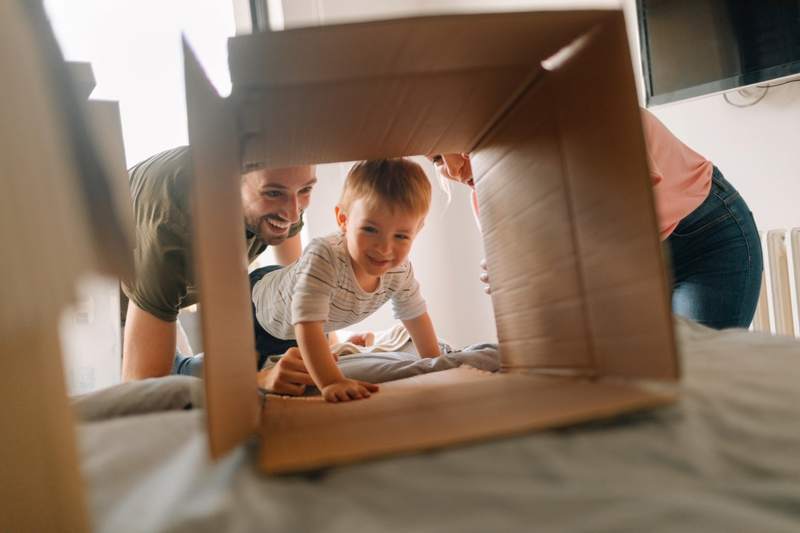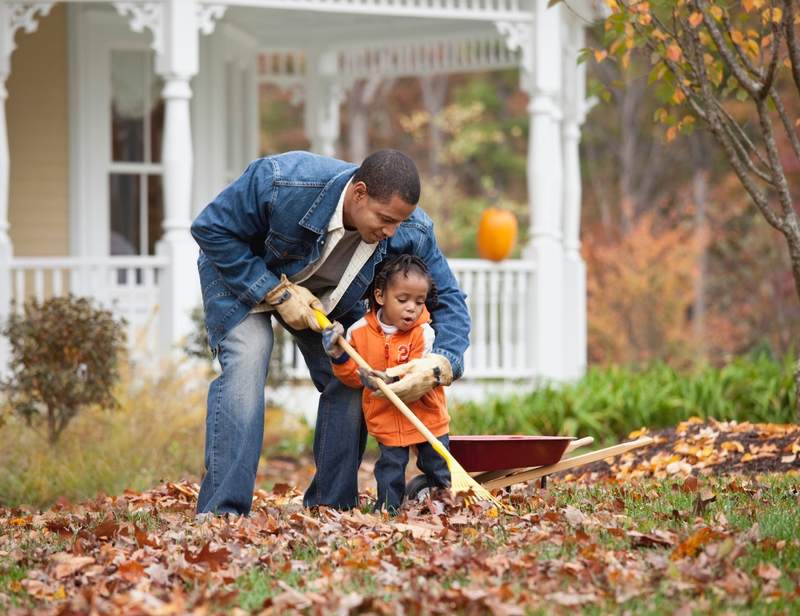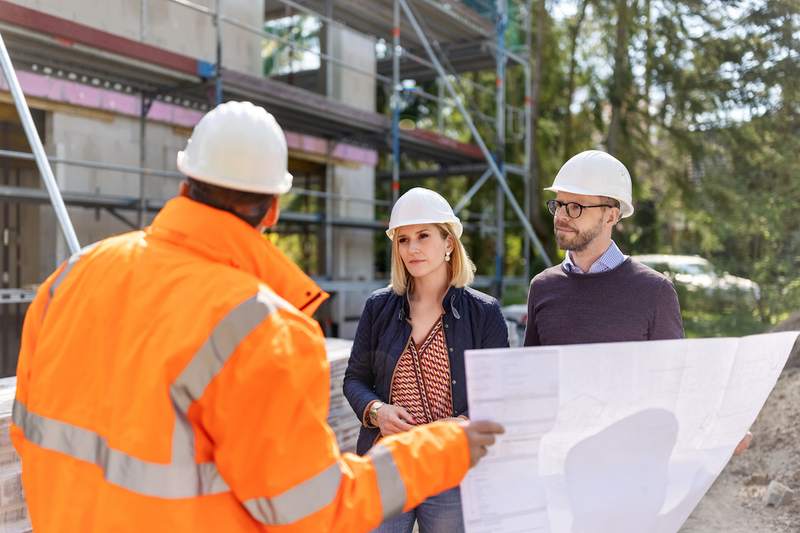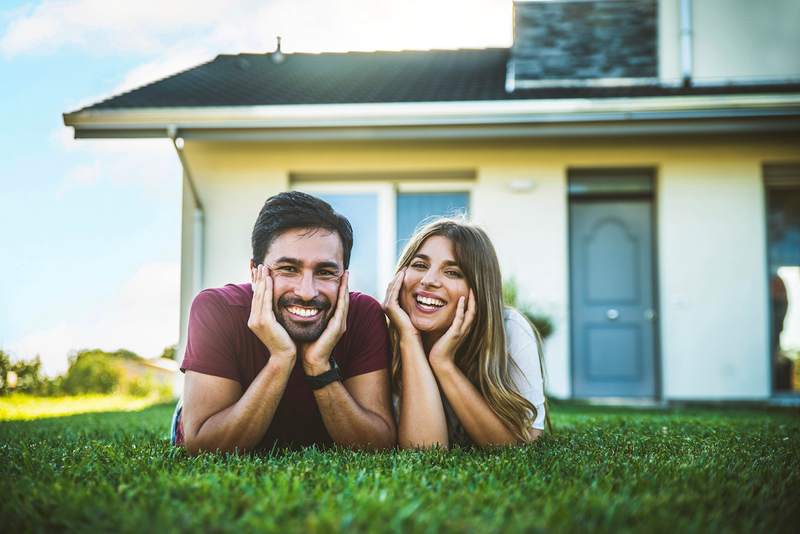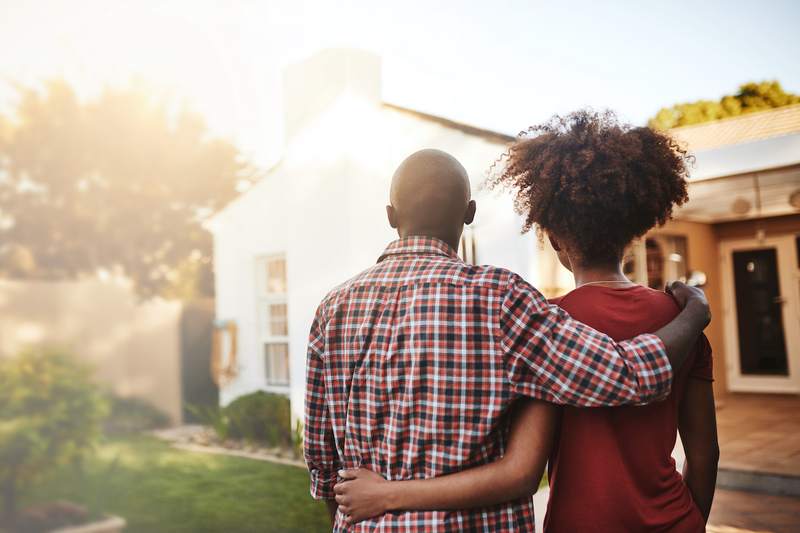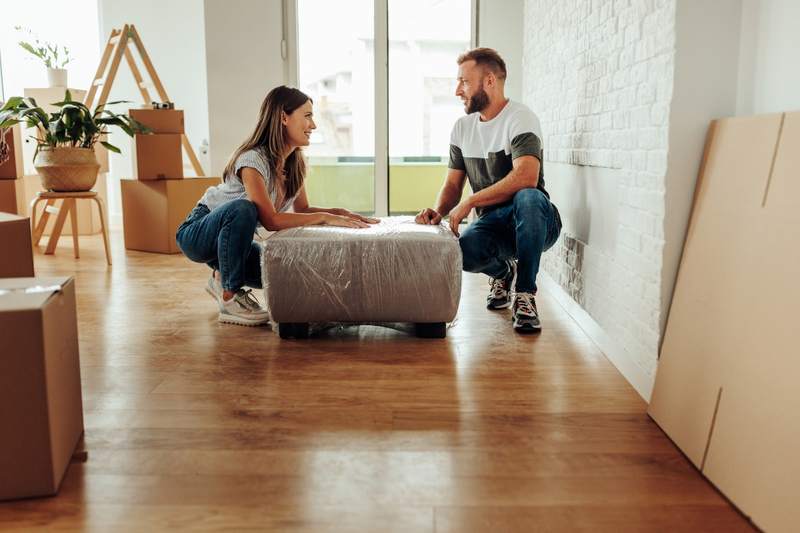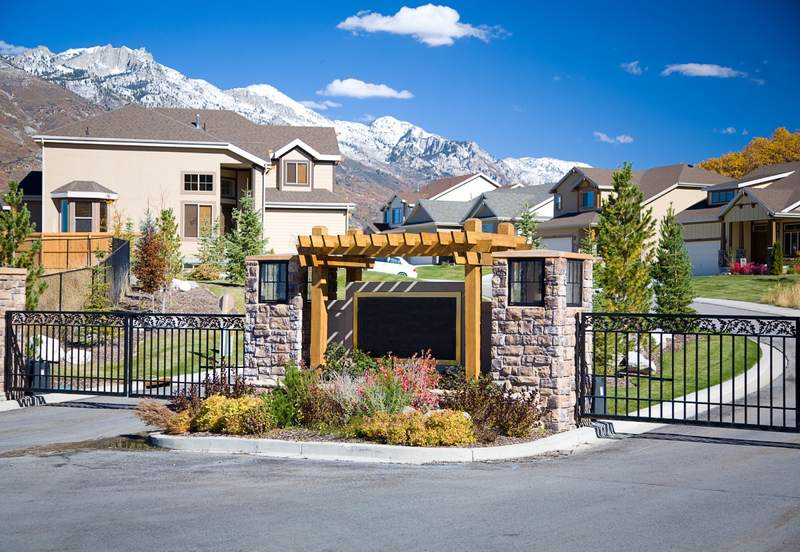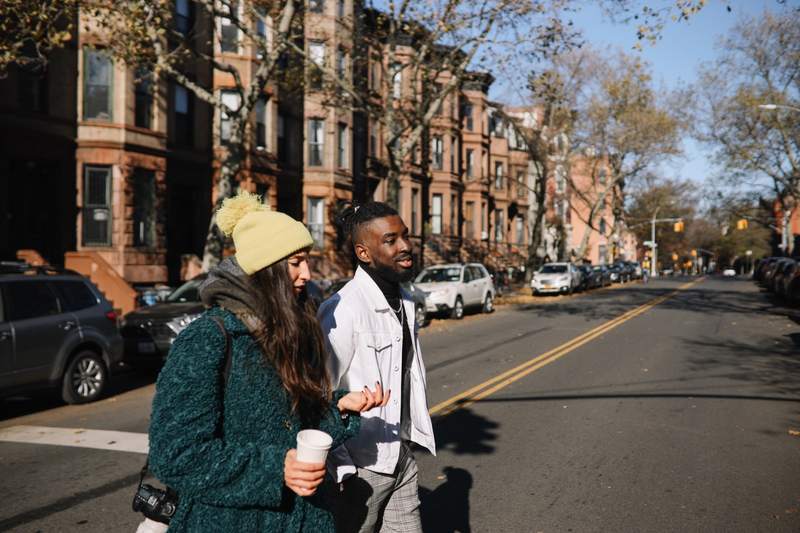
Brownstones are a historic type of townhouse faced with dark sandstone that has a sophisticated aesthetic, which has made them a highly sought-after option for homebuyers in urban areas in the Northeastern United States.
Due to their popularity, brownstones can be expensive. In addition to the price tag, buying a brownstone can come with costs that you might not expect. Here’s a look at some of the “hidden” costs of owning a brownstone.
Overall Cost of Living In a Brownstone
So, how much does a brownstone cost? That depends on where you’re looking and the specifics of the property — but it likely won’t be cheap.
“Generally speaking, brownstones tend to be more expensive than other types of housing due to their limited availability and high demand,” says Jon Sanborn, co-founder of SD House Guys, a real estate company in San Diego. “Prices can range from a few hundred thousand dollars for an older property in need of renovations to several million for newer properties with extensive renovations. Additionally, the cost of maintaining a brownstone can be quite high due to its vintage architecture and age.”
Sanborn notes that brownstones can be cheaper than condos, depending on the location and market value.
Maintenance and Repairs
What’s unique about maintaining a brownstone versus a traditional single-family home is the material used to build it. The porous sandstone can be worn down by the elements, including ice, air pollution, and salt. Properly repairing it can get expensive — especially if you wait too long.
Part of the problem is that brownstone quarries are out of operation, so the stone itself is in very short supply. The cost of repairing a brownstone facade can range anywhere from $40,000 to $100,000, depending on the level of damage.
Signs of brownstone deterioration
The following are some key signs that indicate the brownstone needs repair:
- Color: If you notice that the stone looks multicolored, this can be a sign that it has eroded and needs repair. Multicolored stone can also be a sign that the building isn’t made of real brownstone and may be an imposter.
- Pattern: If you can see veins or swirls in the stone, this can be a sign that it has eroded and needs to be treated.
- Texture: If the texture of the stone feels hard or nonuniform, this can also be a sign of weathering.
- Surface tooling: Check to see if any of the surface patterns are broken or missing, which can happen if the stone is damaged over time.
- Previous repairs: If any previous repairs weren’t done correctly, it can be obvious that the stone has been patched over.
Forms of brownstone deterioration
Because many brownstones are located on the East Coast, they’re typically exposed to a climate that is both wetter and colder. During winter, the salt used when it’s snowing can make its way into the brownstone and cause deterioration.
Here are some of the more common types of brownstone deterioration:
- Disaggregation: This occurs when water in the brownstone evaporates and its grains lose cohesion. Disaggregation typically occurs in sheltered, wet areas and can result in brownstone erosion.
- Contour scaling: When salt seeps into the stone, it can deteriorate the surface, resulting in a chipped texture or discoloration.
- Exfoliation: If the brownstone layers have been poorly cemented, they can become loosely attached. This can compromise both the structural integrity and appearance of the building.
How to maintain a brownstone
Here are tips on how you can take care of a brownstone to help avoid expensive problems:
- Clear the gutters. You’ll want to clean out the gutters at least twice a year to make sure that water can drain properly off the house.
- Fix the roof. It’s especially important to address roof problems on a brownstone because water damage to the sandstone can be particularly expensive to fix.
- Fill in cracks. If you find any open joints or cracks, have them caulked to prevent water damage or intrusive moisture.
- Repoint mortar. Crumbling mortar joints can be fixed by a skilled professional using material that’s softer than the brownstone.
- Remove vegetation from the exterior. Lingering vegetation can trap water and cause damage to the brownstone.
- Protect the ledges with flashing. It’s important to have flashing for your ledges to prevent water from entering the structure.
Insurance
You can expect insurance costs to be higher for a brownstone than they would be for a house or condo. Not only do you have more square footage, but you also have to cover the exterior of the building. Because brownstones are older buildings, there’s a good chance that you’ll need to replace outdated systems that don’t meet current building codes. And certain interior details may not be covered in a standard homeowners insurance policy, so you’ll have to buy additional coverage.
Regulations by the Landmarks Preservation Commission
If the brownstone is located in a district that has been designated as historic, then any changes you want to make will be regulated by the Landmarks Preservation Commission. This means you’ll need to get formal approval before you can make changes. A major factor will be whether your proposed renovations will be visible from the street.
Certificate of Occupancy Cost
It’s possible that you will need to cover the cost of a change to the certificate of occupancy. A certificate of occupancy legally designates how a property can be occupied — whether it’s a single-family home, two-family home, or retail space.
If you buy a sizable brownstone and come to find out that it’s registered as a two-family home, then you’ll have to pay to legally convert it to a single-family home. This can run you as much as $9,000.
General Costs of Living In a Brownstone
When you own a brownstone, all maintenance and repair costs fall on you. Plumbing leaks can be expensive, especially if they lead to water damage. You’ll also need to cover roof repairs, exterior damage, electrical work, heating, and utilities.
Generally speaking, older homes are more expensive to maintain because they need more updates.
FAQ
Here are answers to some frequently asked questions about brownstones.
